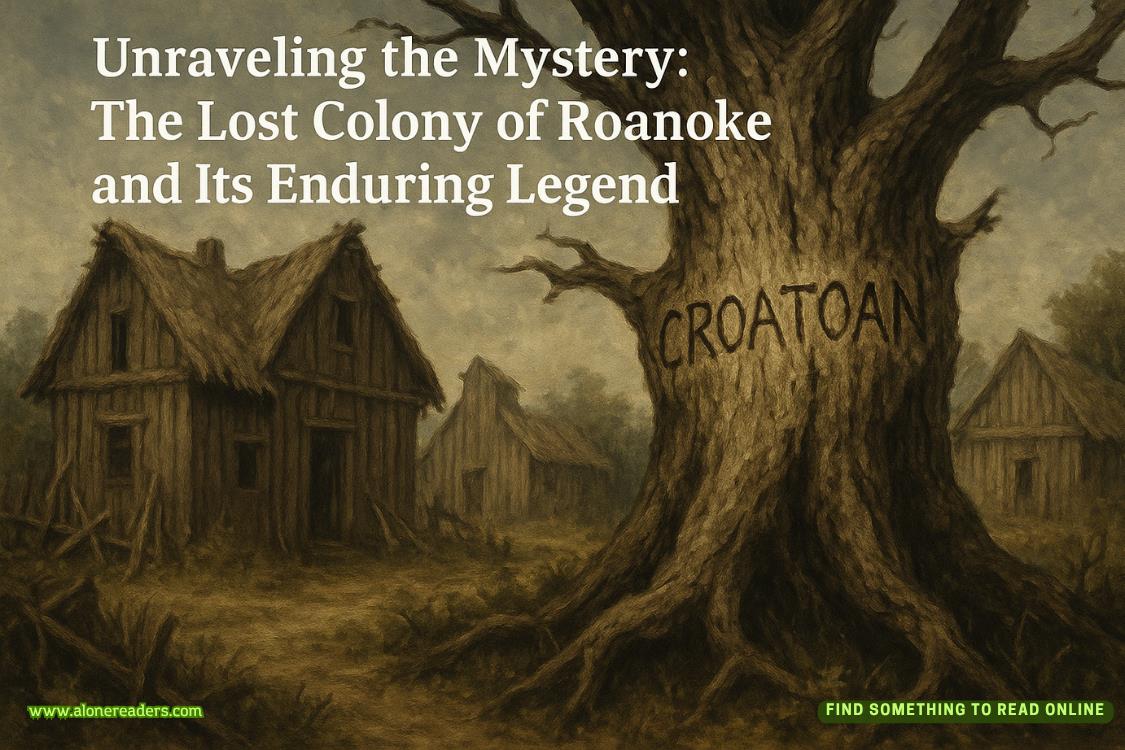Page 50 of W is for Wasted (Kinsey Millhone 23)
Eventually, his firm had outgrown the space he was in and he’d bought an office building on lower State Street into which he’d moved some two years before. I realized with embarrassment that I’d never even stepped foot in the place. Maybe I should have considered that good news because it meant I hadn’t been arrested, jailed, or legally threatened of late. Instead, I was forced, once again, to acknowledge the gaps in my upbringing. Aunt Gin hadn’t fostered feelings of connectedness and I hadn’t had occasion to develop them on my own. Maybe it was time to at least pretend to be a nicer person than I knew I was. I dialed Lonnie’s office number.
When the receptionist picked up, I identified myself and asked to speak to Lonnie. I didn’t recognize the receptionist’s name. She told me he was out of the country and wasn’t expected back until the following week.
“What about John Ives? Is he in?”
“No, ma’am, he’s not. Mr. Ives has left the firm and opened offices of his own. I can give you his number if you’d like.”
“Martin Cheltenham?”
“He moved to Los Angeles . . .”
“Who’s left?”
“I can put you through to Mr. Zimmerman.”
“What’s his specialty?”
“Personal injury.”
“Do you have anyone who handles estate law? Wills, dead people? Anything like that?”
“Burke Benjamin.”
“Fine. I’ll take him.”
“Her.”
“Right. Could you put me through?”
“She’s not here at the moment but I expect her back after lunch. Shall I set up an appointment?”
“Please. I’m a friend and longtime client of Lonnie’s and I can be there at one o’clock if she’s available.”
“Looks like it to me. I’ll make a note of it.”
“Thanks so much.”
I spelled my name for her. She asked for my phone number and I dutifully recited it. I thought she might ask for a credit card number, like a restaurant hedging against no-shows, but she let it go at that.
I used the time before my appointment to get out my index cards and transfer information from the photocopies of the paperwork in Dace’s safe deposit box: California driver’s license, which included his then address; his social security number; and his son’s street address in Bakersfield. There was no phone number that I could find. There were other incidental bits and pieces I consigned to index cards, which were easier to carry with me than an eight-by-eleven folder. I created a file for him, into which I tucked the photocopies. It looked like there would be much more to follow before I was through with him.
• • •
The three-story building Lonnie’d bought on lower State Street was the original home of the Spring Fresh Ice Cream Company, which had operated from 1907 until it went into bankruptcy proceedings in 1931. The name Spring Fresh and the year 1907 were carved in Gothic-style lettering in the gray stone lintel above the entrance. For twenty-four years, the ground floor was occupied by the Spring Fresh Ice Cream Emporium, after which the space was taken over by a series of food-related businesses—a luncheonette, a candy store, a soda fountain, and a tea shop—while the two stories above it were let as offices. I learned all of this because a plaque mounted to the right of the front door sketched the building’s metamorphosis, including its designation as a historical landmark.
When I pushed through the glass doors into the lobby, I could see that the walls had been taken back to the bare brick. The city had doubtless required Lonnie to do some serious earthquake retro-fitting, but the contemporary infrastructure—steel girders and supports—had been hidden in the walls. I suspected that the materials I was looking at, while old, had been rescued from a teardown elsewhere in town. The ceiling had been removed and an atrium now extended from the ground floor to a lofty third-floor dome. Light poured in through the curved glass with brass ribs, which resembled a giant umbrella overhead.
The second and third stories opened onto the atrium, ringed with circular wrought iron balustrades. A continuous stretch of offices was visible on each floor. Below, the reception area was so large that it dwarfed the sixty-inch glass table in the center with its collection of antique milk canisters and churns. Instead of art, the walls were hung with old black-and-white photographs of Santa Teresa in the early part of the century. Two gentlemen in bowler hats and three-piece suits posed in front of the building with a mule-drawn milk wagon at the curb. In the photo taken just after the 1926 earthquake, the buildings on either side had been reduced to rubble while the Spring Fresh headquarters had escaped with only minor damage.















